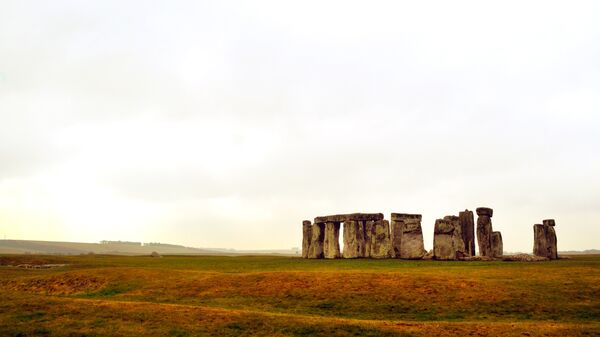A site featuring 144 granite blocks standing more than six-foot tall has reappeared in Spain's Peraleda de la Mata, near Cáceres in Extremadura, after being submerged in a reservoir for 50 years.
First discovered in 1925 by German priest and archaeologist Hugo Obermaier, the site disappeared after former Spanish leader General Francisco Franco ordered the valley bordering the Tagus river to be flooded.
Scientists believe that the structure could have been built by the Celts living in Iberia 4,000 years ago, and that the stones were used as a central chamber for sun worship.
"In that way, it has similarities to Stonehenge but is obviously smaller," Ángel Castaño, president of the Peraleda Cultural Association, told the Times.
Now the regional government is expected to discuss long-term plans for the preservation of the site for scientific and touristic purposes.


